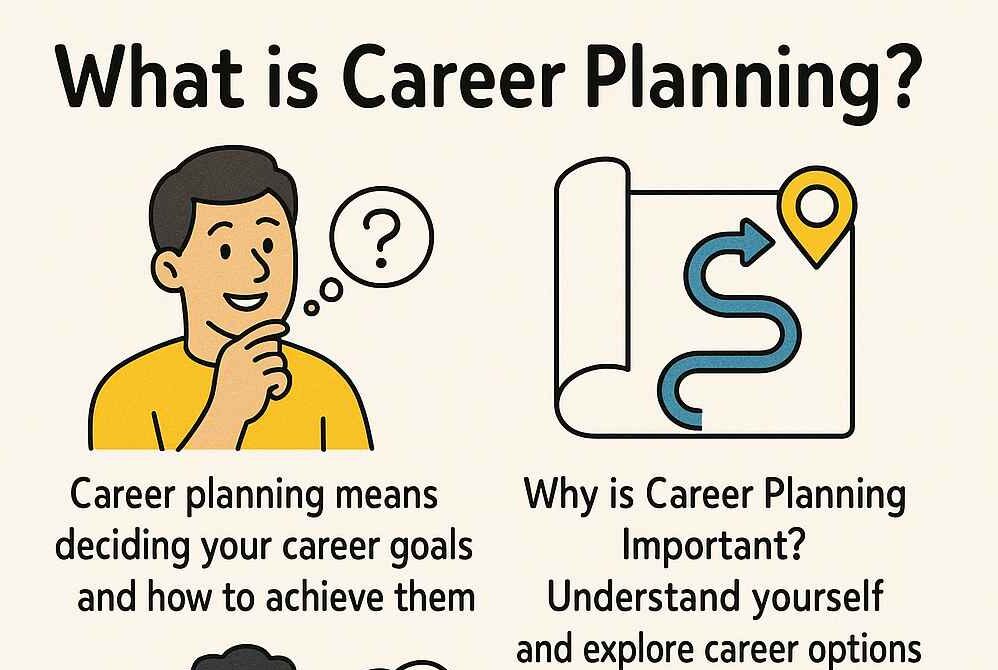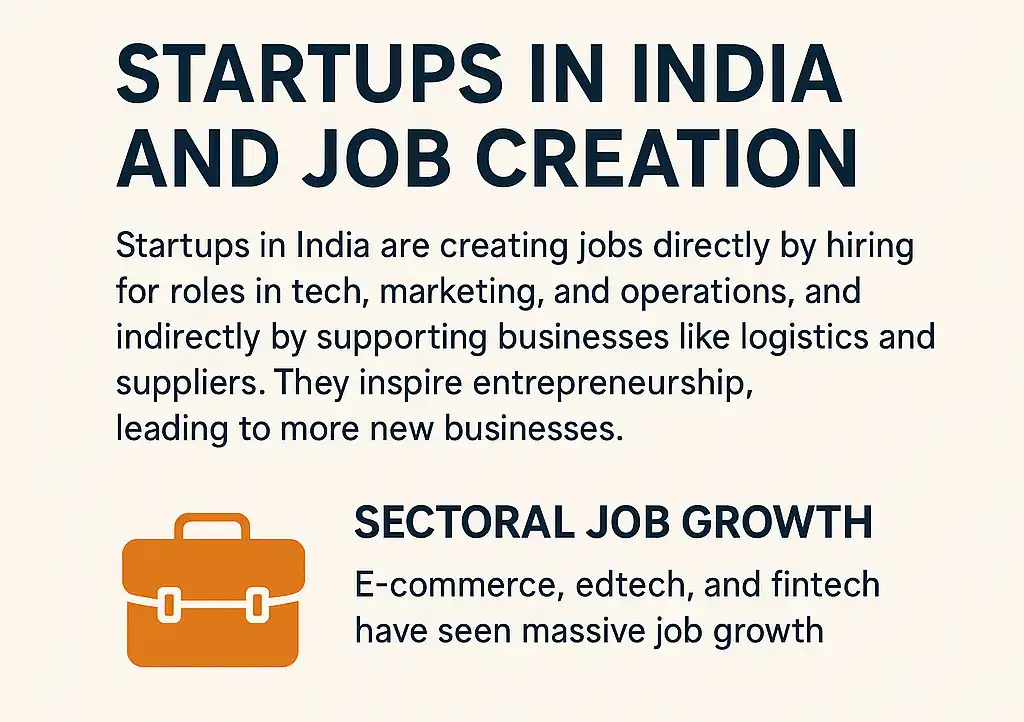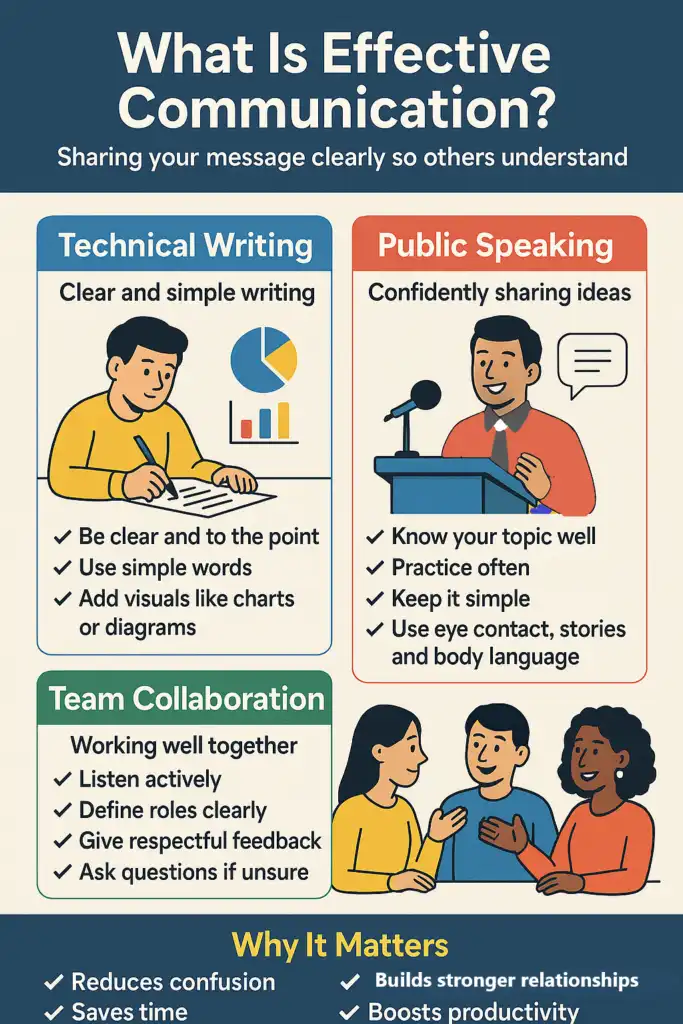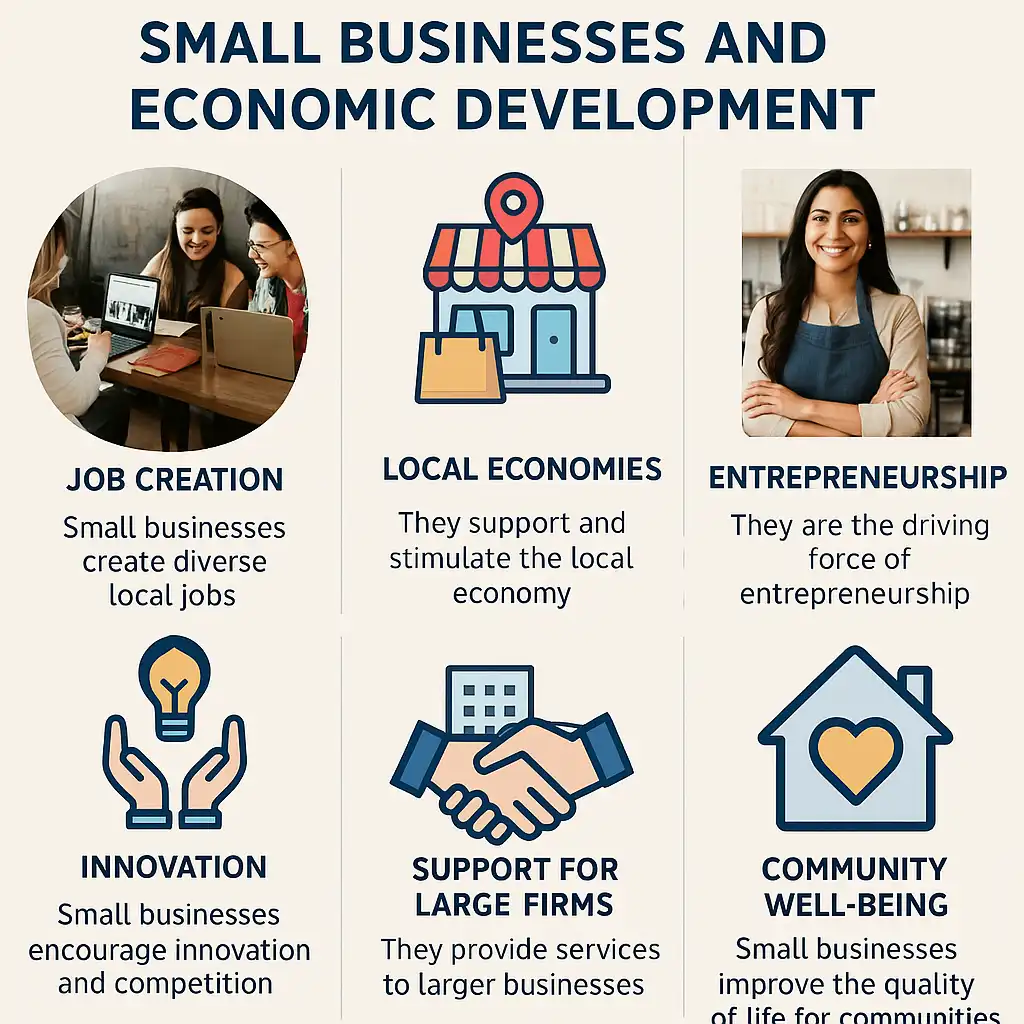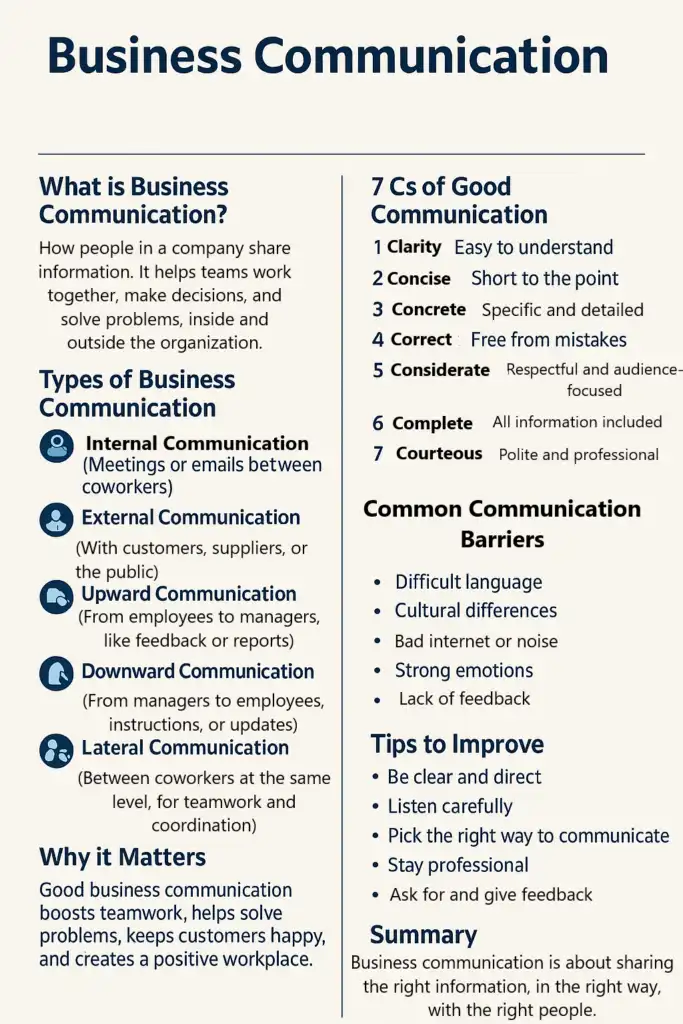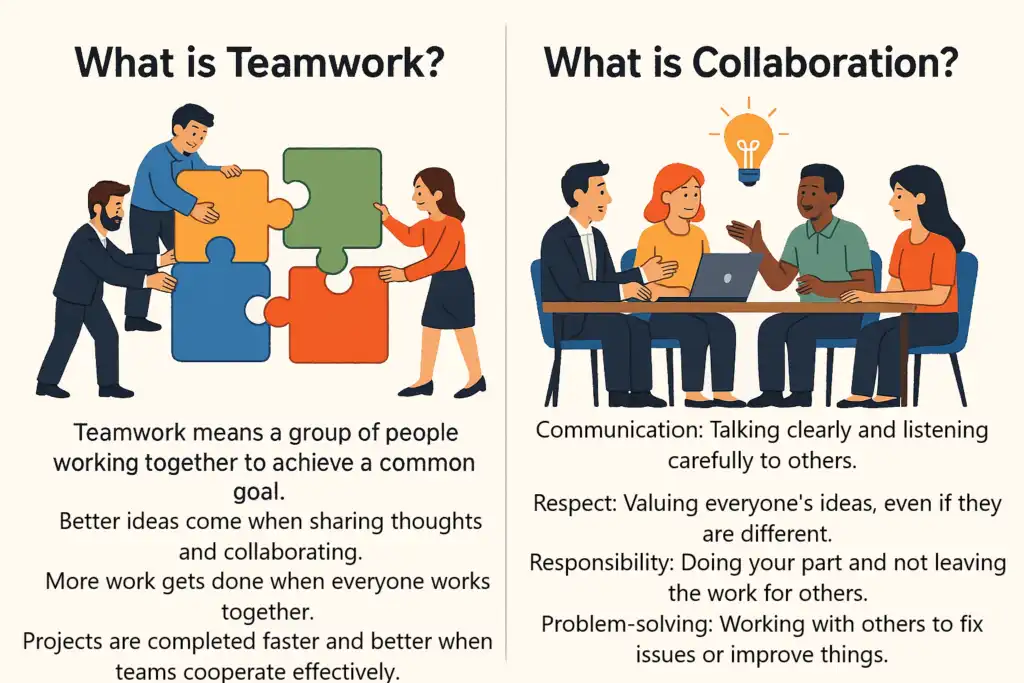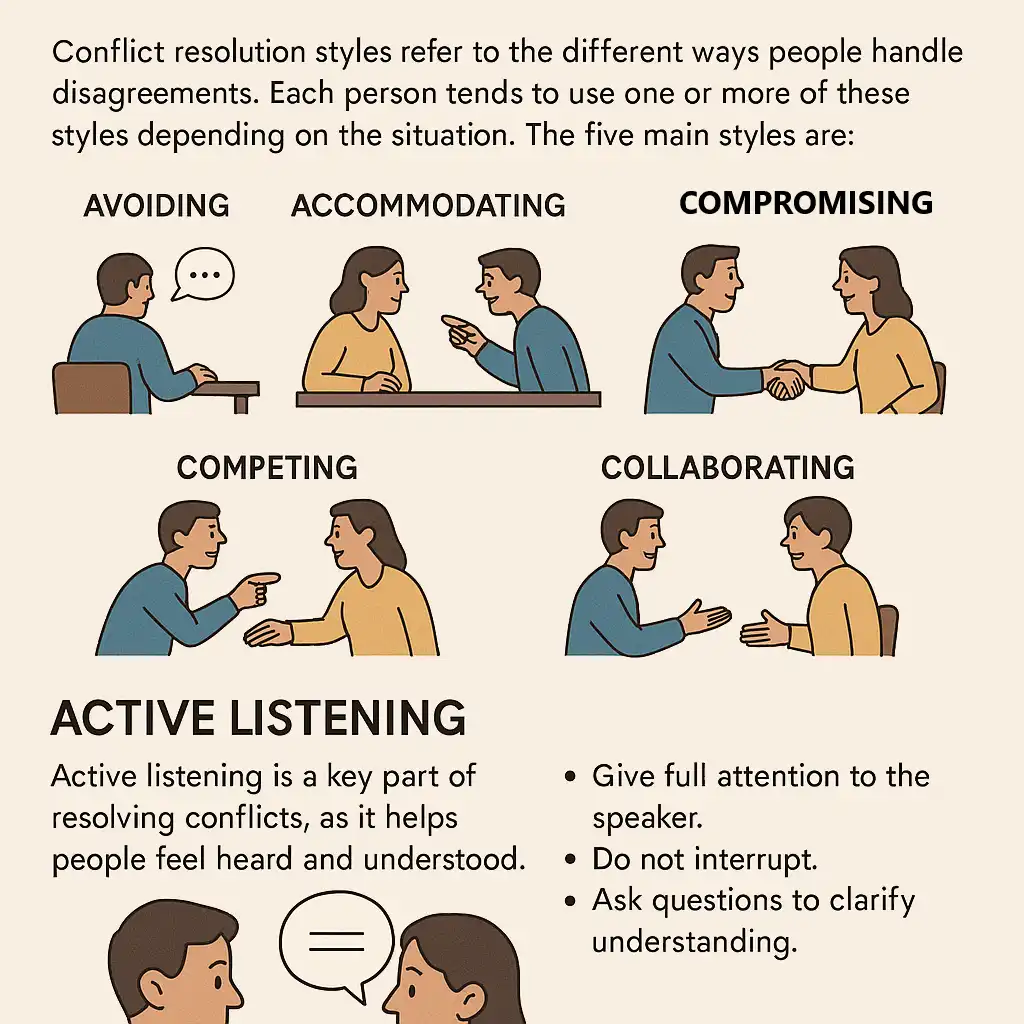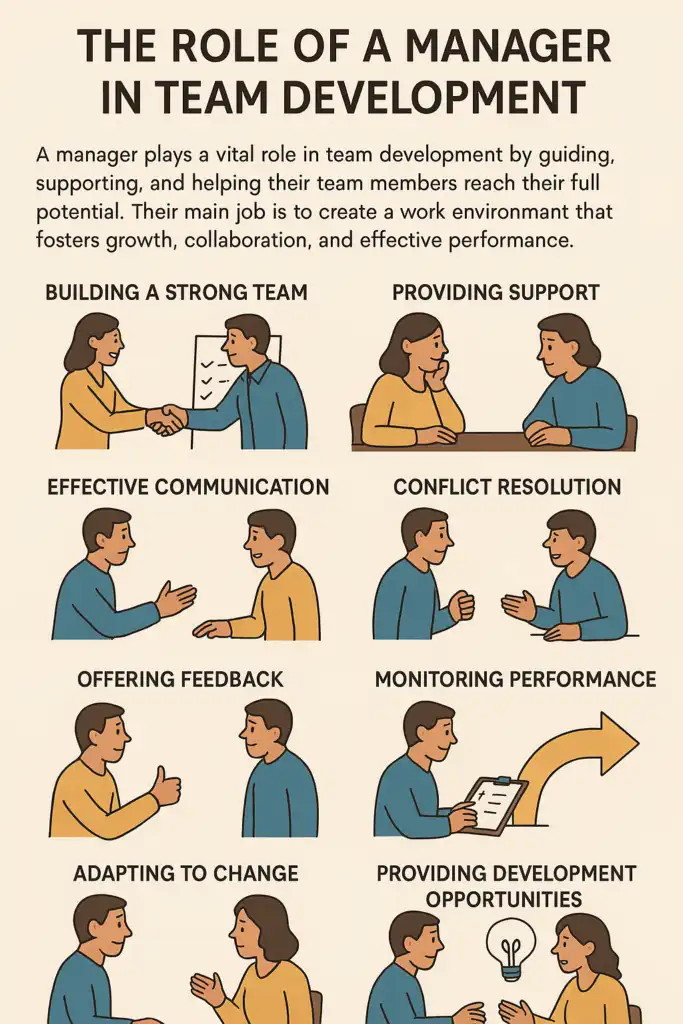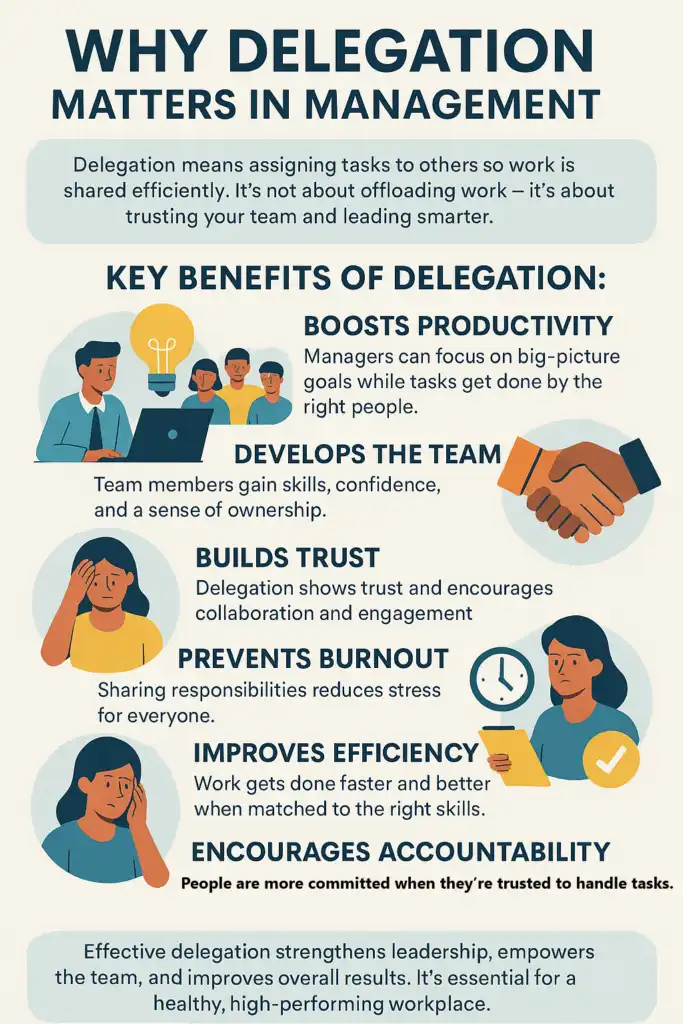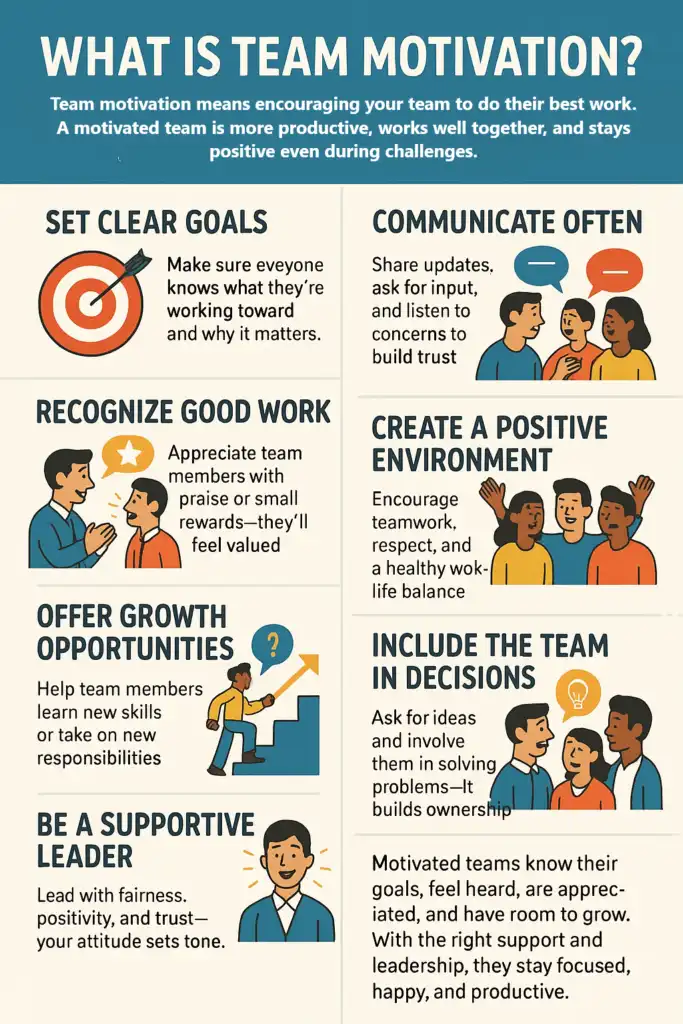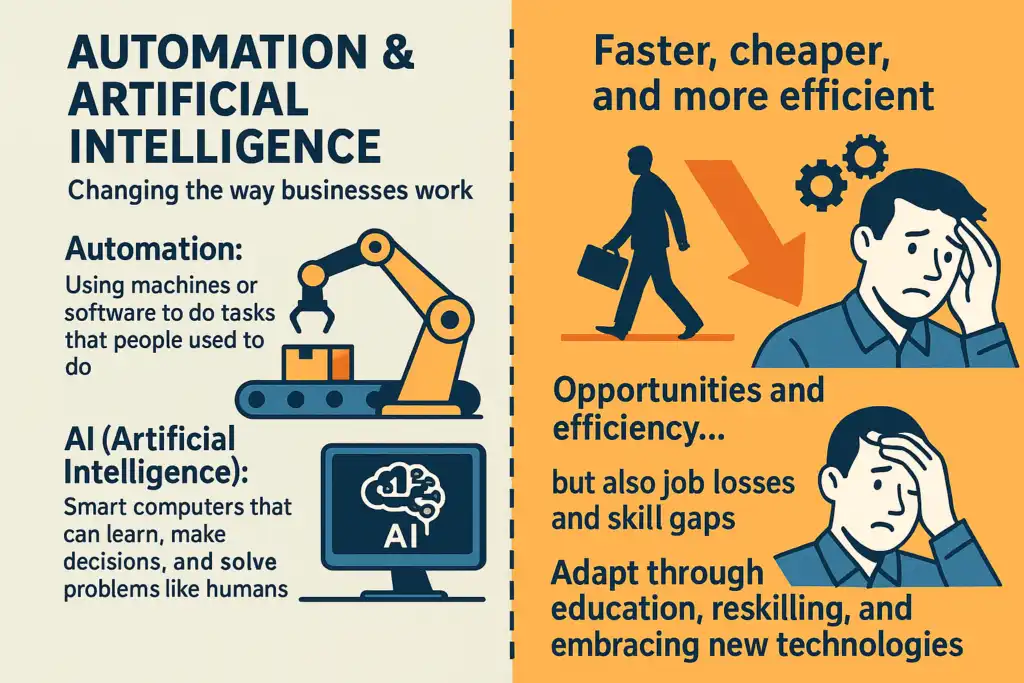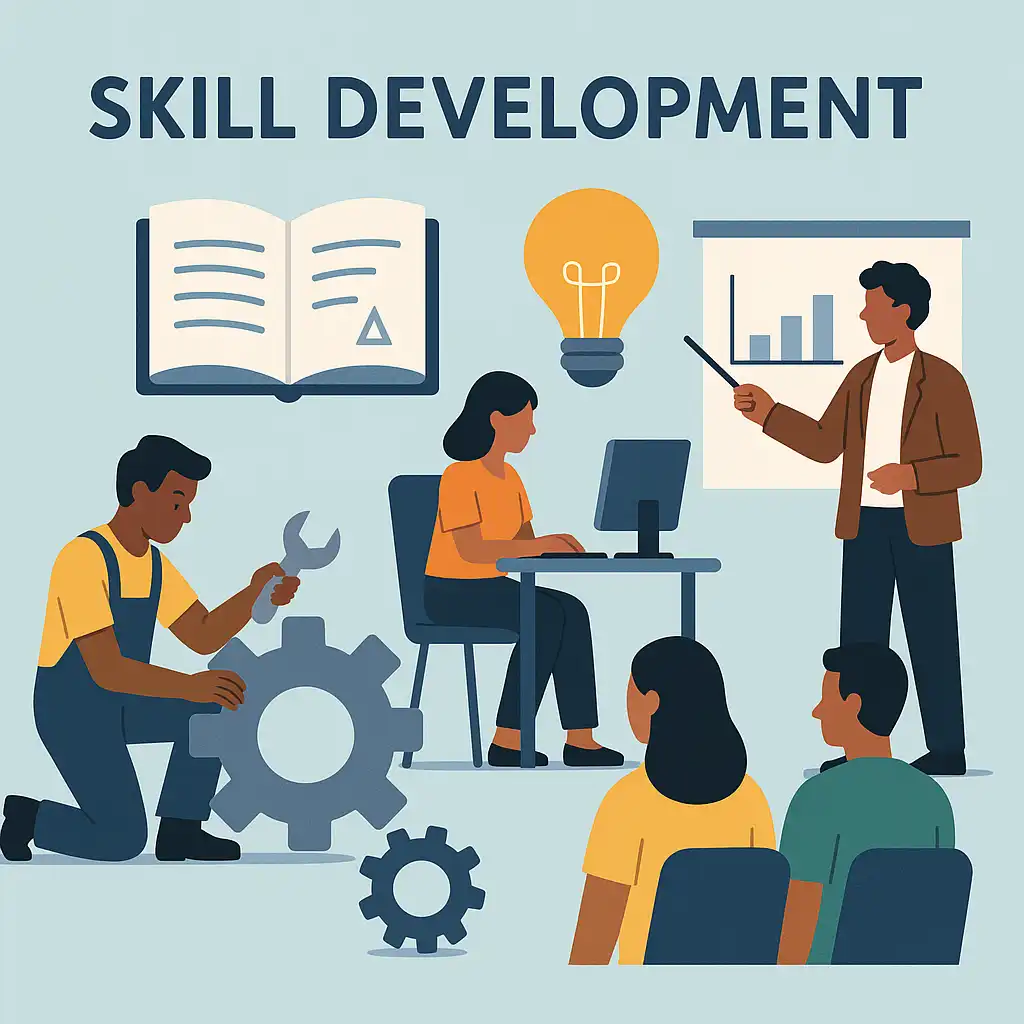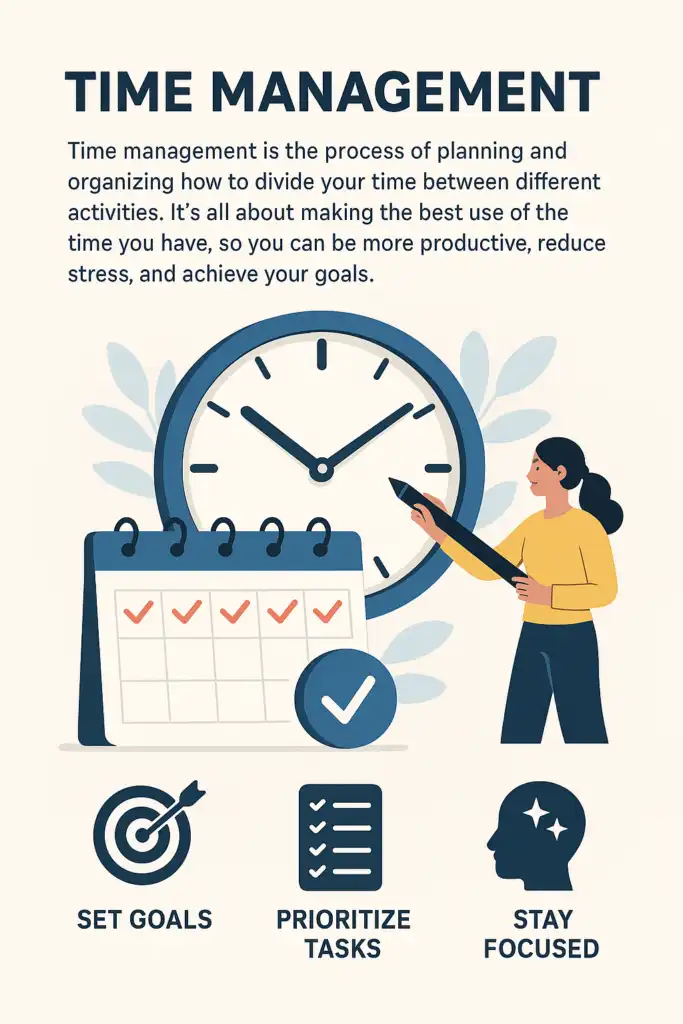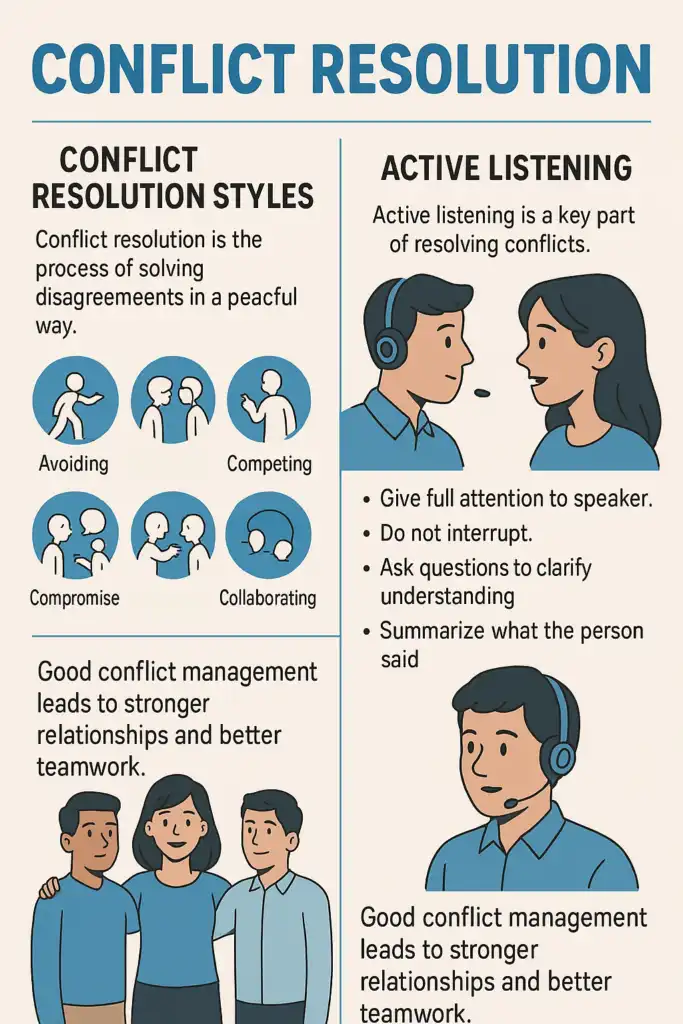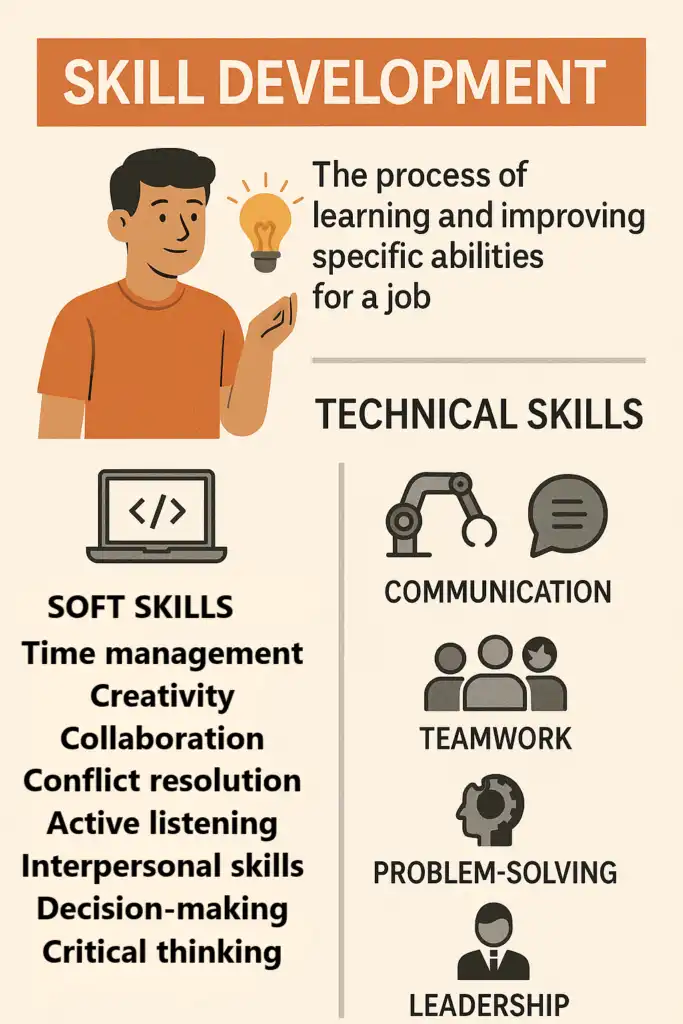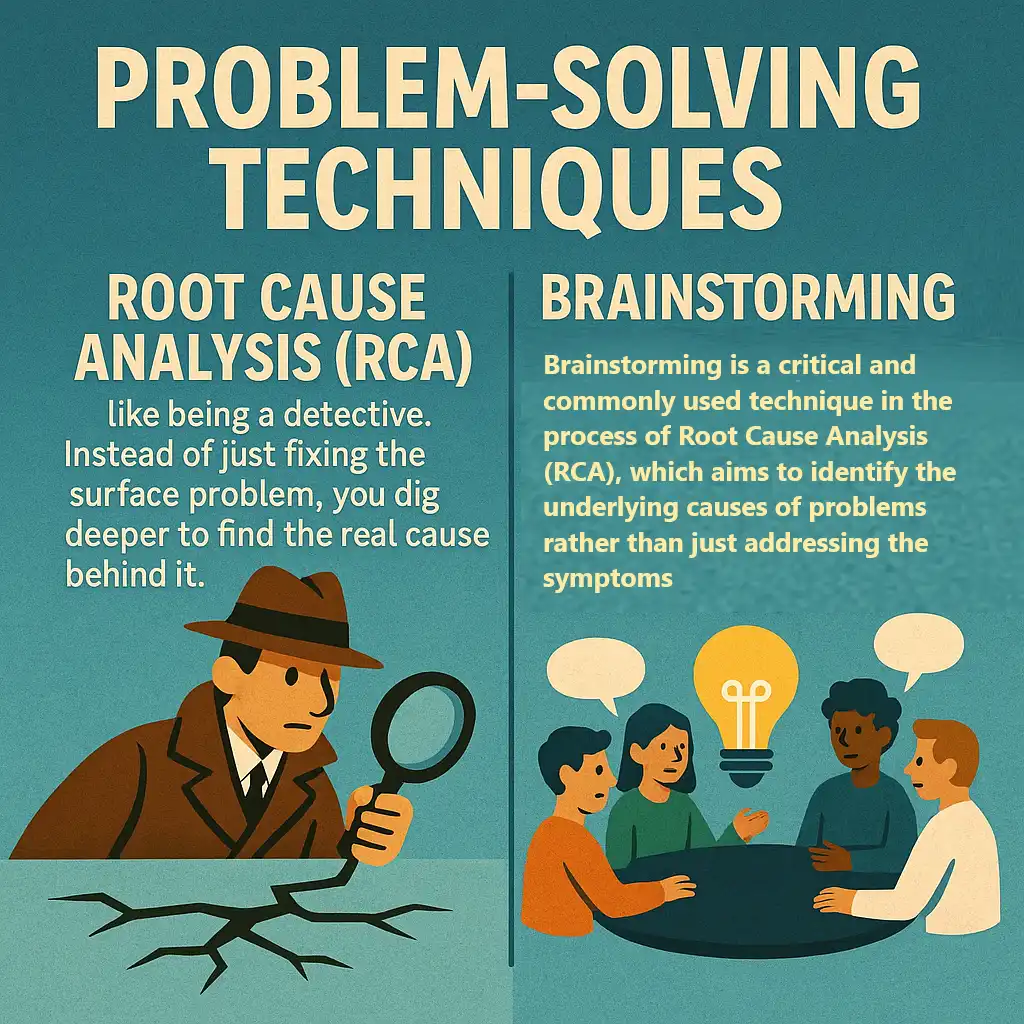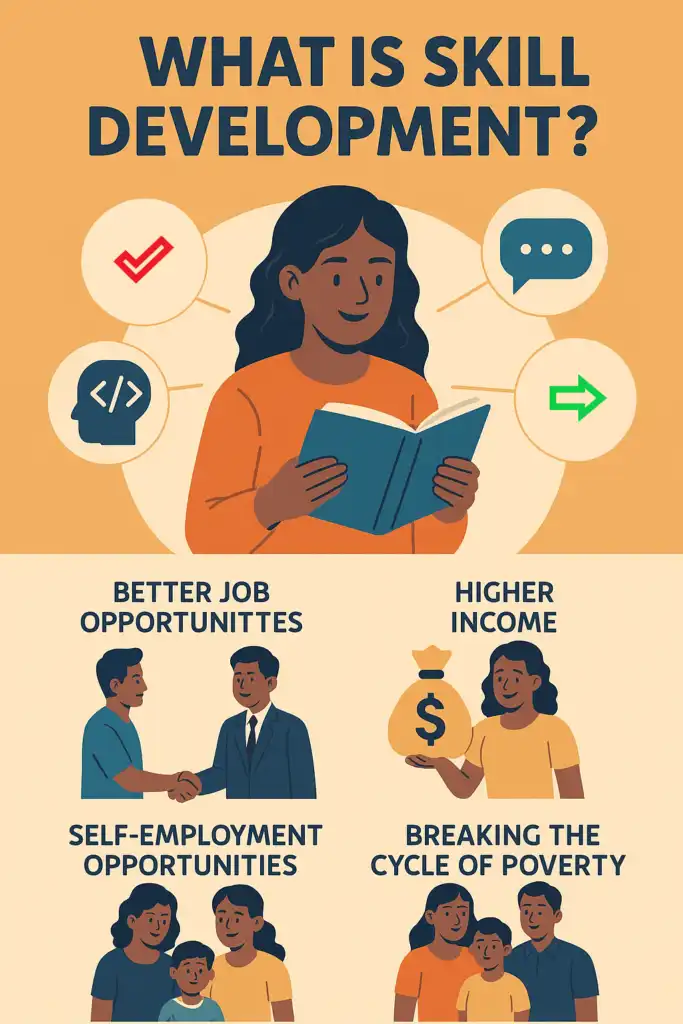The Role of Education in Modern Society
Education is more than just learning facts or passing exams—it’s about helping people develop the skills, knowledge, and values they need to succeed in life and contribute to society. In today’s world, education plays a huge role in shaping individuals, communities, and nations.
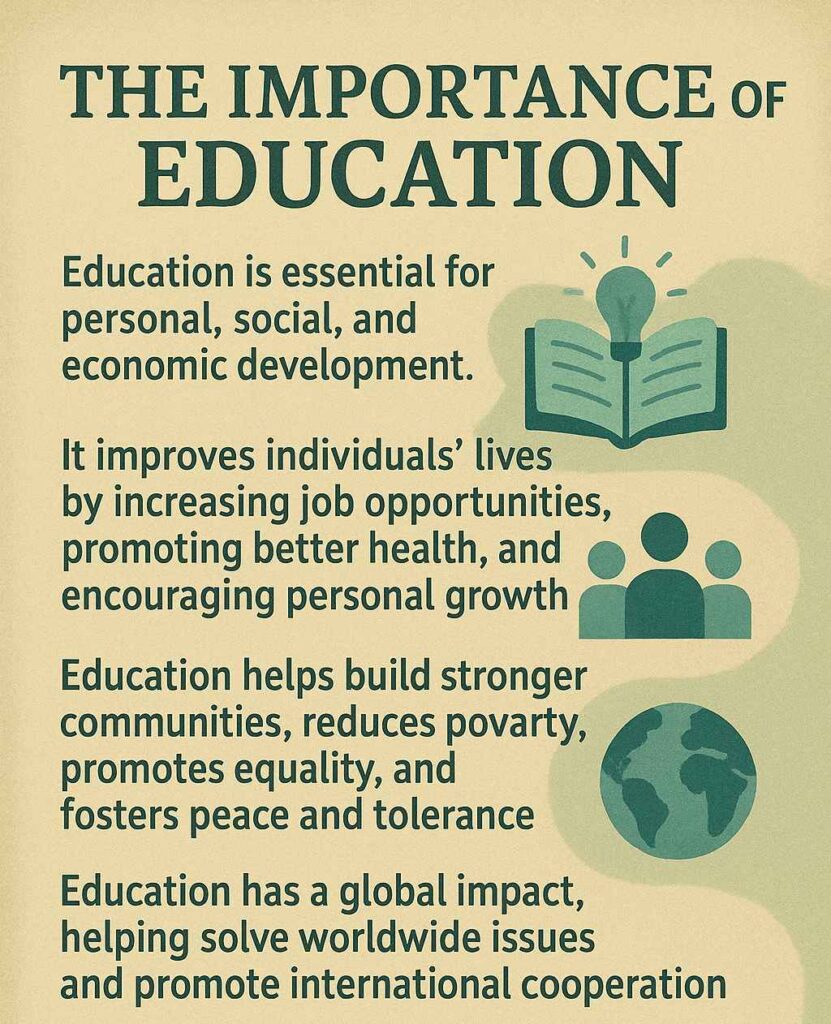
1. What is Education?
Education is the process of learning new things—whether it’s through school, books, teachers, or personal experience. It can include learning basic skills (like reading and math) and more advanced topics (like science, history, and art). Education happens in many places: in schools, at home, in workplaces, and through online resources.
2. Why is Education Important in Modern Society?
In today’s world, education is important for many reasons. It helps people grow, builds stronger communities, and drives progress in society. Let’s take a closer look:
3. Personal Development
- Knowledge and Skills: Education helps individuals gain the knowledge and skills needed to succeed in life. For example, learning how to read and write helps people communicate, while studying math and science can lead to exciting careers in technology, medicine, and engineering.
- Critical Thinking: Education encourages people to think critically, which means being able to analyze information, solve problems, and make decisions. These skills are important in both personal life and work.
- Confidence and Self-Esteem: As people learn and grow through education, they become more confident in their abilities. They gain a sense of achievement when they complete a course or understand a difficult concept, which boosts their self-esteem.
4. Economic Growth
- Skilled Workforce: In modern society, businesses and industries need people with specific skills. Education helps provide a skilled workforce that is essential for a strong economy. For example, people who are trained in computer programming, healthcare, or engineering can find jobs in high-demand industries.
- Better Job Opportunities: With more education, individuals are more likely to get better-paying jobs. Higher education (like university or vocational training) can open doors to career opportunities that provide higher salaries and benefits.
- Innovation and Progress: Education encourages people to be creative and innovative. As individuals learn and explore new ideas, they can develop new technologies, solutions, and businesses that drive society forward.
5. Social Development
- Promoting Equality: Education is a powerful tool for reducing inequality. It gives people from different backgrounds the opportunity to succeed, regardless of their race, gender, or social class. A fair and accessible education system can create equal opportunities for everyone.
- Fostering Social Skills: Education helps individuals develop important social skills, such as teamwork, communication, and empathy. These skills are essential in building strong relationships, whether in the workplace, community, or family.
- Reducing Poverty: When people have access to education, they are more likely to find jobs that help lift them out of poverty. Education is often seen as one of the most effective ways to break the cycle of poverty.
6. Cultural Understanding and Tolerance
- Exposure to Different Ideas: In education, people are introduced to different cultures, histories, and ideas. This can lead to a better understanding of the world and greater respect for diversity. Students learn about different countries, religions, and traditions, which can help break down stereotypes and reduce prejudice.
- Promoting Tolerance and Peace: By learning about the importance of human rights, freedom, and justice, education helps promote peace and tolerance in society. People who are educated are more likely to work together to solve problems peacefully rather than resorting to violence.
7. Improving Health and Well-Being
- Health Education: Education is crucial in promoting health and well-being. For example, students learn about nutrition, exercise, hygiene, and mental health, which helps them make healthier choices throughout their lives.
- Awareness of Global Issues: Through education, people can better understand issues like climate change, disease prevention, and sustainable living. This knowledge empowers individuals to make decisions that benefit both themselves and the planet.
- Mental and Emotional Growth: Education also provides tools to deal with emotions, stress, and life challenges. Learning how to cope with difficulties in life and developing resilience are important aspects of education that contribute to overall well-being.
8. Education and Technology
- Adapting to Change: In today’s world, technology is changing the way we live, work, and communicate. Education helps people adapt to these changes by teaching digital literacy—understanding how to use computers, the internet, and other technologies.
- Creating Tech Innovators: Education in fields like computer science, engineering, and robotics prepares students to become the innovators who design new technologies, apps, and systems that can improve lives and businesses.
- Access to Information: With the internet and online learning platforms, education is no longer confined to classrooms. People can access information anytime, anywhere, allowing for lifelong learning and development.
9. Political and Civic Engagement
- Informed Voting: Education helps individuals understand the political system, their rights, and the importance of voting. In a democracy, educated citizens are more likely to vote and make informed decisions during elections.
- Active Citizenship: Education encourages people to be active members of society. It teaches the importance of community involvement, volunteerism, and working towards common goals. When people understand the issues facing their society, they are more likely to get involved and advocate for positive change.
- Understanding the Law: Education also helps people understand their rights and responsibilities under the law, which is crucial for maintaining a fair and just society.
10. Global Impact of Education
- International Cooperation: Education plays a key role in fostering cooperation between countries. By learning about global issues, cultures, and international policies, people are better equipped to collaborate and solve global challenges.
- Addressing Global Challenges: Many of the world’s biggest problems, such as climate change, poverty, and disease, require global cooperation and innovative solutions. Education provides the knowledge and skills necessary for solving these challenges and making the world a better place for future generations.
11. Challenges in Education Today
Despite its many benefits, education faces some challenges:
- Access to Education: In some parts of the world, many children still don’t have access to education due to poverty, conflict, or other barriers. Ensuring that everyone has the opportunity to learn is a major challenge.
- Quality of Education: In some regions, education systems may not provide high-quality teaching, leading to gaps in knowledge and skills. Improving the quality of education is crucial for ensuring all students are well-prepared for the future.
- Digital Divide: While technology has revolutionized education, not everyone has equal access to digital tools and the internet. This digital divide can prevent some students from accessing online learning and other educational resources.
12. In Summary:
- Education is essential for personal, social, and economic development. It helps people develop the knowledge, skills, and values they need to succeed and contribute to society.
- It improves individuals’ lives by increasing job opportunities, promoting better health, and encouraging personal growth.
- Education helps build stronger communities, reduces poverty, promotes equality, and fosters peace and tolerance.
- It adapts to changing times, ensuring that people are ready to face new challenges and technological advances.
- Education has a global impact, helping solve worldwide issues and promote international cooperation.


